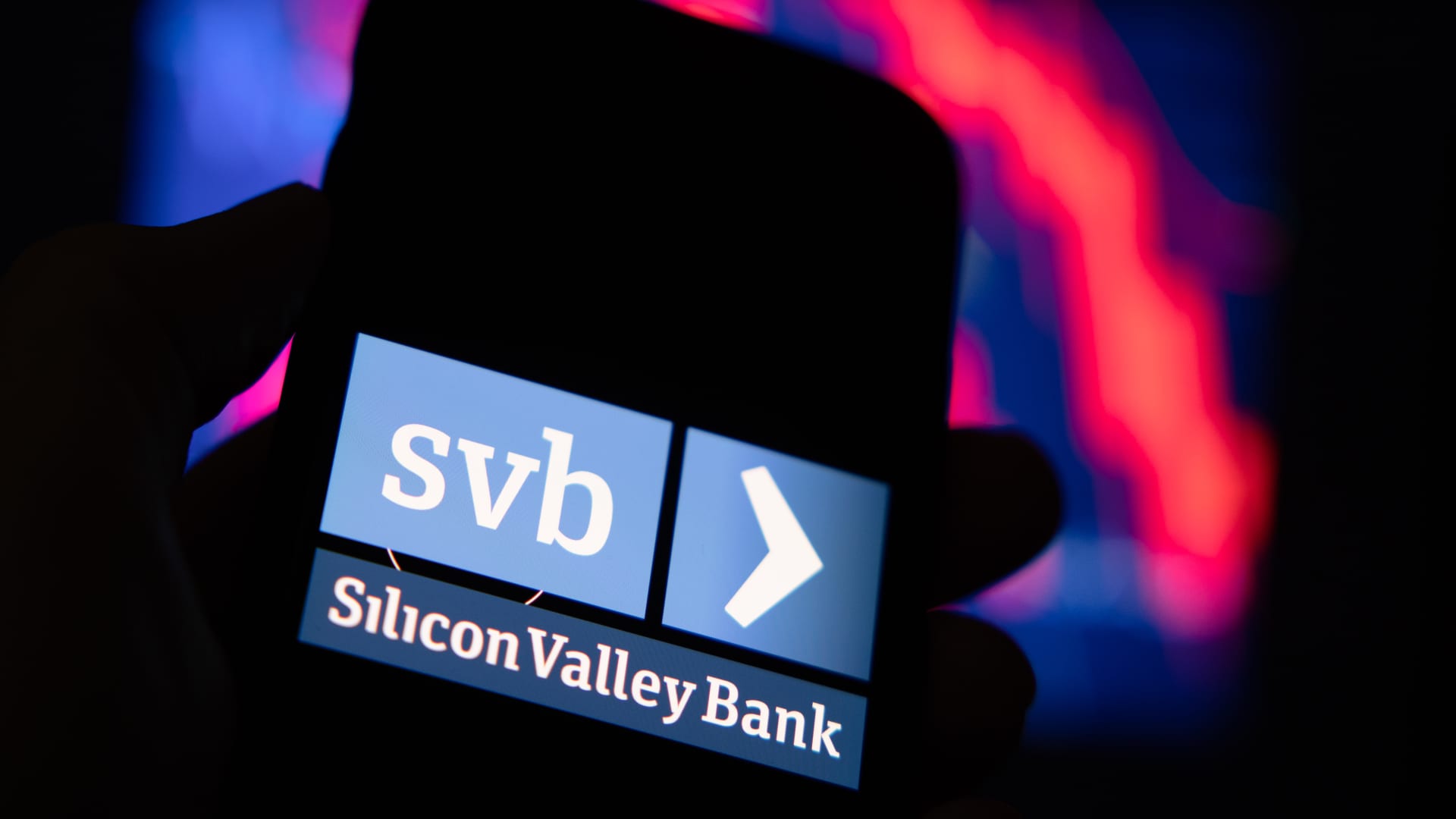It is set to raise over ₹20,000 crore this month, via the combination of a massive follow-on public offer (FPO), and a rights issue. Starting 18 April, the FPO targets a fund infusion of ₹18,000 crore, by selling shares in a band of ₹10-11, which is at a discount to the prevailing price. Apart from this, the company has a commitment of ₹2,075 crore of fresh equity from the Aditya Birla Group (ABG) entity, Oriana Investments Pte Ltd, at ₹14.87 per share share.
Following these moves, the equity base will rise by around 26%, and VIL then plans to ask lenders to front ₹25,000 crore in the form of loans, or maybe convertible debentures. It will use the funds to expand its network infrastructure, by setting up new 4G sites, enhancing the capacity at existing 4G sites, and start rolling out new 5G sites.
The competitive dynamics in the telecom services industry would improve substantially if VIL becomes a viable competitive entity. VIL has a subscriber base of 220 million subscribers (February 2024) making it the world’s sixth-largest network. Around 90 million subscribers are voice-only, using legacy 2G networks.
The company lags far behind the duopoly that is fighting for market leadership. Reliance Jio and Bharti Airtel have already rolled out countrywide 5G networks, and have 467 million and 384 million subscribers respectively. The super-fast 5G networks enable many new services and technologies focussed on enterprises. Jio and Airtel are looking to transition from being pure-play telcos offering telecom services to “techcos” offering value-added services like data centres, analytics support, etc. Jio’s entire subscriber base uses mobile broadband, and about 300 million Airtel subscribers are also on mobile broadband.
If VIL can roll out 5G, it would have got its foot in the enterprise door. Moreover, if it can convert the bulk of its 2G customers to 4G/5G, it would see immediate gains in terms of average revenues per user (Arpu). A user who upgrades from 2G to 4G generates ₹10-14 more every month in Arpu. Since 40% of VIL’s users could potentially upgrade, there could be a big revenue upside. VIL had a blended Arpu (data and voice) of around ₹145per month per user (December, 2023). Jio (at ₹182) and Airtel (at ₹208) have far higher Arpus due to data tariffs.
VIL also has serious presence in underpenetrated rural areas where tele-density is under 60%, and 4G coverage is spotty. If it can upgrade 4G/5G networks in rural geographies, it could look to poach users from the fourth-largest service provider, the public sector utility BSNL.
BSNL has been unable to roll out 4G and industry analysts say BSNL could rapidly lose 60 million 2G subscribers, who might upgrade to smartphones and port out to any operator with broadband. Jio and Airtel have steadily chipped away at VIL and BSNL market shares. If VIL can beef up its broadband presence, it may be able to reverse this trend, not only retaining its own users but also targeting BSNL’s base.
However, the financials suggest that even ₹45,000 crore may not be enough to enable VIL to compete with Jio and Airtel on a sustainable footing. Goldman Sachs reckons VIl will need to raise at least ₹65000 crore over the next two years to do that unless it sees a big jump in Arpu.
VIL has a net debt of over ₹2.15 trillion. Around ₹2 trillion of that is in the form of spectrum and adjusted gross revenue (AGR) dues to the government. Around ₹7,700 crore is owed to banks, tower companies, etc. VIL has reduced its bank debt by around ₹17,000 crore in the last two fiscals.
In FY25, VIL has breathing space given a moratorium on AGR and spectrum dues. But from FY26, once that moratorium ends, it will be paying out ₹40,000 crore per year on this account. The government has already converted debt to equity once and is the largest shareholder with a 33.1% stake, (prior to the FPO). Another bailout could, of course, be on the cards. But that would not be an ideal outcome.
The fund infusion gives VIL a chance to turn things around. It has conceded a lot of ground to Airtel and Jio. But India’s market may be big enough for a comeback, and any market with three-way competition will always be better for the consumer than a duopoly.
Unlock a world of Benefits! From insightful newsletters to real-time stock tracking, breaking news and a personalized newsfeed – it’s all here, just a click away! Login Now!
Download The Mint News App to get Daily Market Updates.
More
Less
Published: 13 Apr 2024, 12:16 PM IST
















